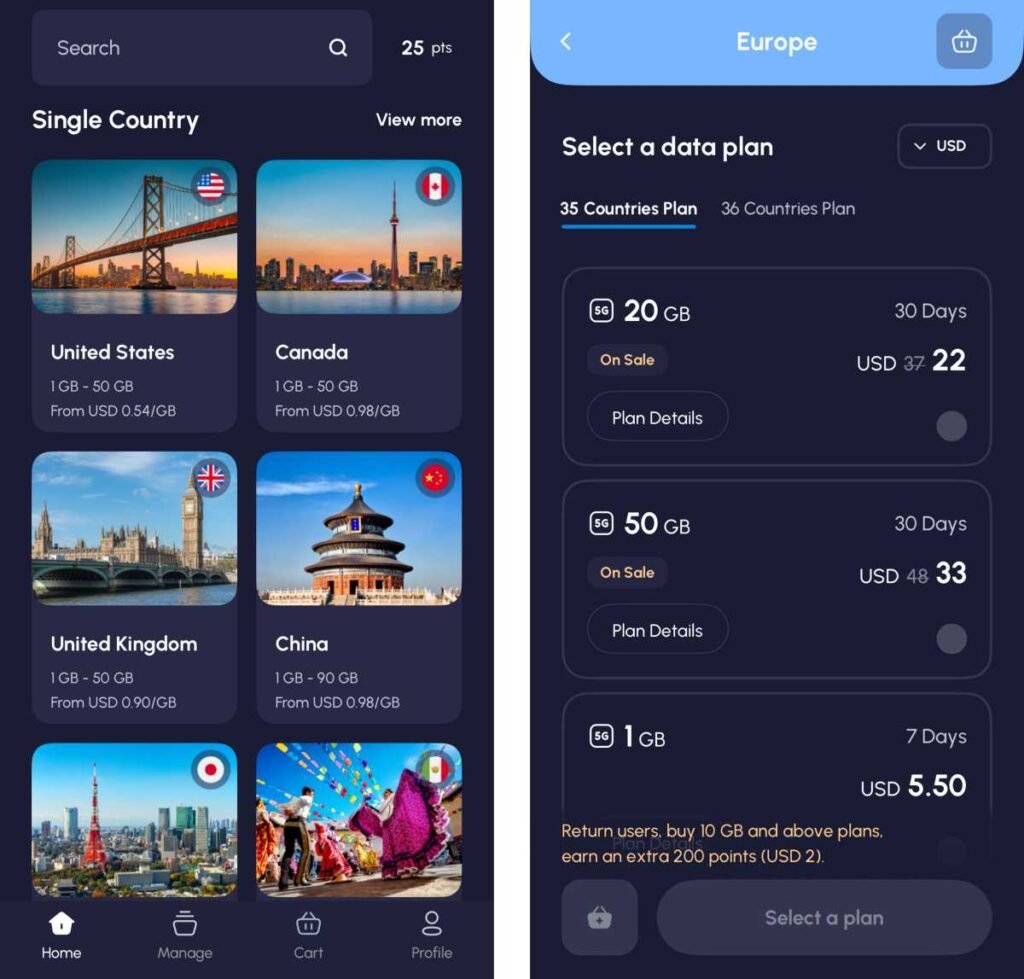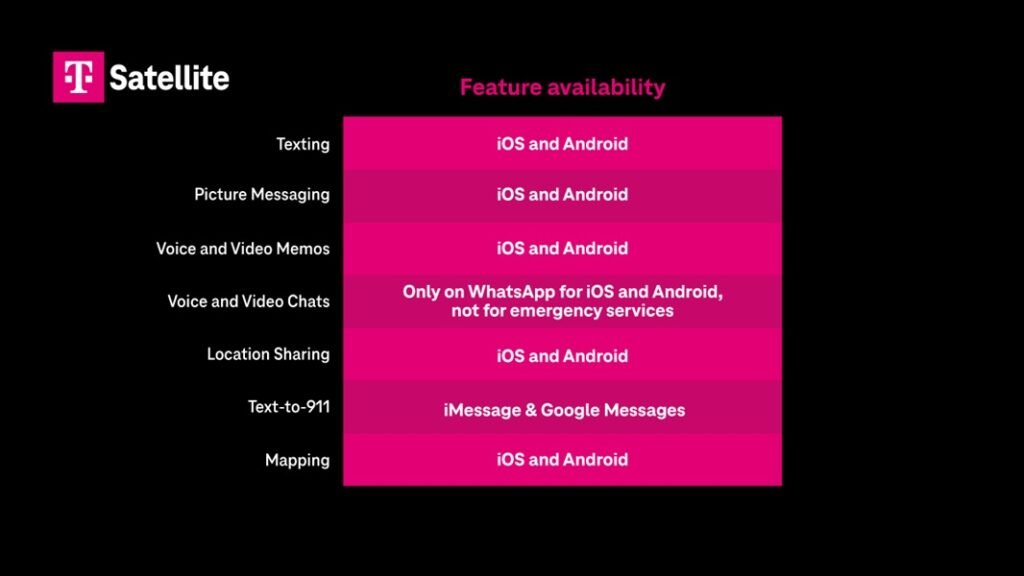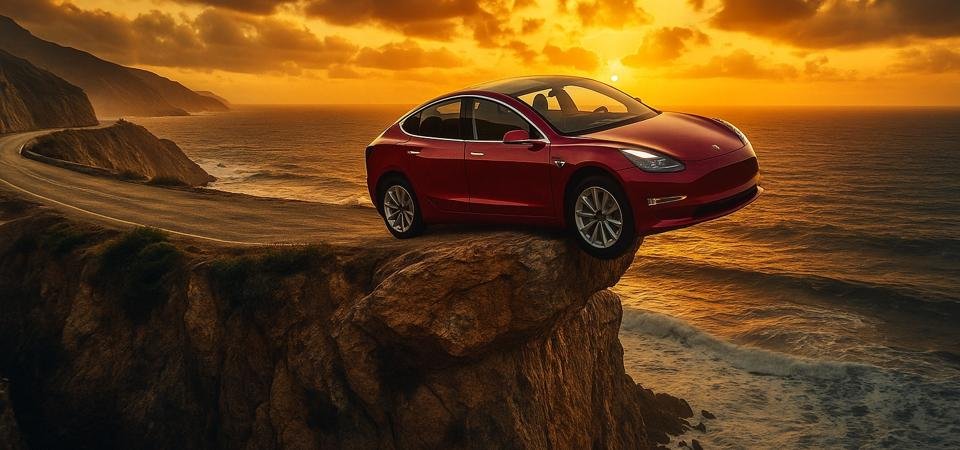
Earlier this week, Amazon held its annual fall hardware event, unveiling its next-gen lineup of smart speakers, smart displays, and streaming devices. Alongside the launch of a new $40 Fire TV Stick Select, the company took this opportunity to finally unveil Vega OS, a long-in-the-works move away from its Android-based Fire OS platform. If you’ve been wondering how Amazon managed to score deals with every major platform publisher for streaming apps, however, the company’s solution might make you raise an eyebrow.
As reported by Lowpass, Amazon isn’t waiting around for brands like Netflix and Disney to build custom apps for their new OS from the ground up. Rather than forcing developers to take the initiative — which, as we’ve previously seen with the Amazon Appstore, frequently doesn’t work — the Fire TV Stick Select will arrive with a mixture of Vega-native applications alongside supported clients that utilize AWS to stream directly to the device. The result is a fairly robust library of apps at launch, though it could come with some headaches of its own.
Amazon’s development docs for Vega OS effectively shoehorns existing Fire TV apps onto the company’s new platform. Any application that runs on the current-gen Fire TV Stick 4K Max should be capable of streaming directly within Vega, but that doesn’t mean this company sees cloud-based streaming as the future of its living room initiative. Amazon isn’t handing out AWS support for free, after all; while it’s not charging developers for this feature at launch, it does say it only intends to deliver free app streaming for “at least” nine months, during which these third-parties will be building out native Vega applications.

It’s an interesting approach, to say the least. If, in theory, the applications work as expected over average internet speeds, it’s a quick and efficient way for Amazon to leverage its cloud infrastructure to launch a rebuild OS experience for Fire TV without having to rely on entertainment brands to immediately deliver on a new app. With nearly a year of free cloud hosting — and more, if Amazon deems it necessary — brands have the time to see whether this Fire TV Stick 4K Select, in order to pour time and energy into supporting the platform.
Advertisement – scroll for more content
On the other hand, though, if the streaming experience is bad, it’s going to reflect poorly on both Amazon’s future for TV streaming and the entire Fire TV lineup as a whole. $40 for a streaming stick isn’t that cheap, after all, and this one comes with exceptionally less powerful hardware than similarly-priced Fire TV products sold in the past. This device only has Wi-Fi 5, a single gigabyte of RAM, and limits HDR support to just HDR 10+. That’s a tough pill to swallow, especially considering the current Fire TV Stick 4K Max is on sale for that exact same $40 price point, to say nothing of various Google TV and Roku devices that are significantly cheaper. And remember, all of those include full catalogs of native apps.
It’s also unclear how these companies feel about Amazon automatically enrolling these companies in what is effectively a trial period for everyone involved. While the Appstore will display cloud notices on non-native Vega apps, are regular users really going to understand what that translates to in actual use? If the app feels slow or janky, will audiences shrug and chalk it up to an unstable internet connection, or will these third-party publishers feel heat from an experience they didn’t necessarily agree to?
At the very least, Amazon isn’t transcoding the video streams on its servers, which should prevent any lag or slowdown from impacting the actual streaming experience once you hit play. But finding something to stream on a Friday night is half the battle in our modern era, and if sorting through new and old library titles doesn’t feel as buttery smooth as it does on rival platforms, it could leave a pretty poor first impression for Amazon’s newly-launched OS. Factor in the significantly worse hardware for a relatively expensive price point, and Vega OS is feeling deflated before it even gets a chance to bloom.
FTC: We use income earning auto affiliate links. More.







